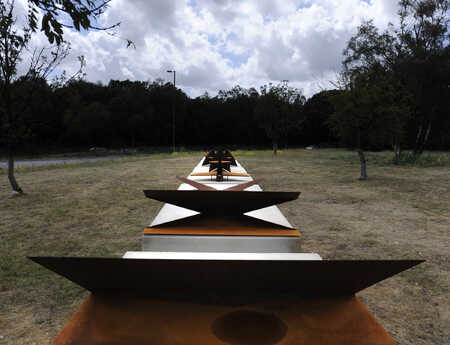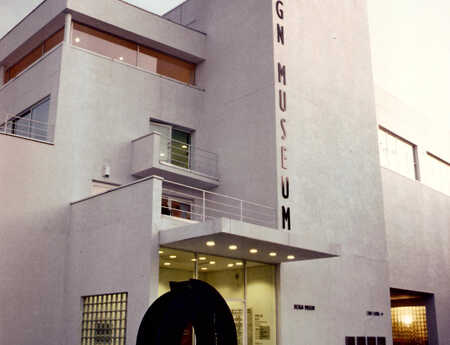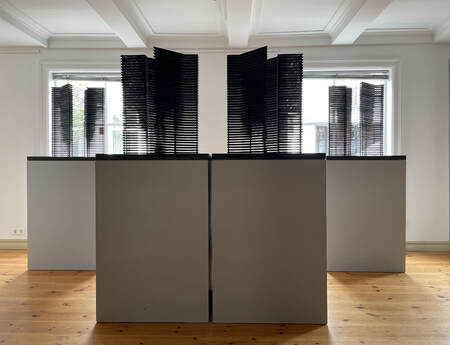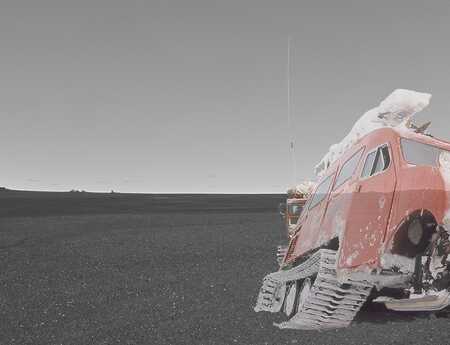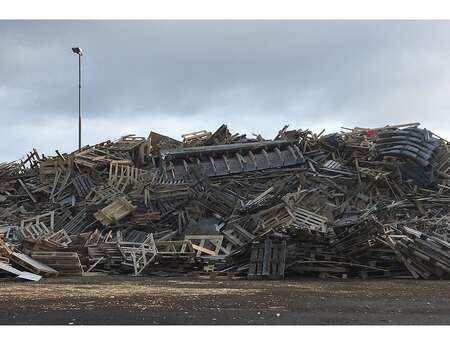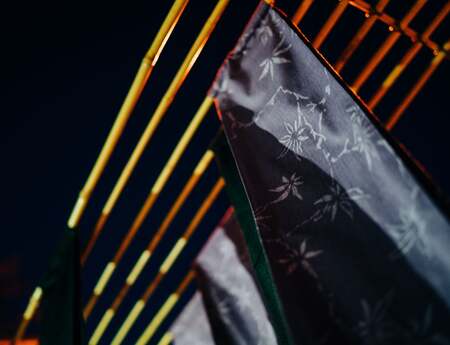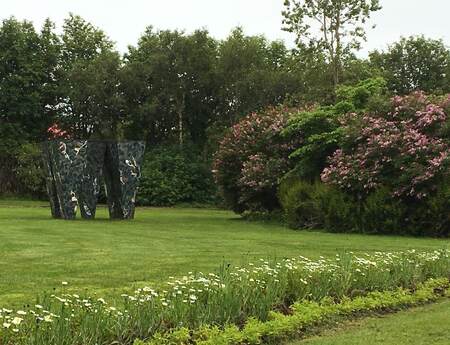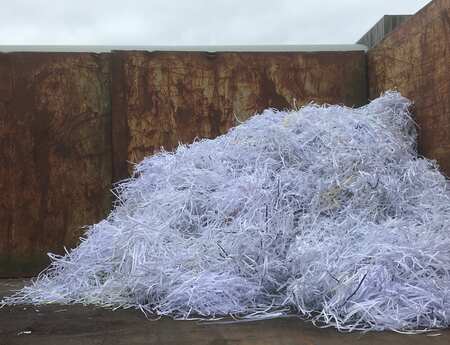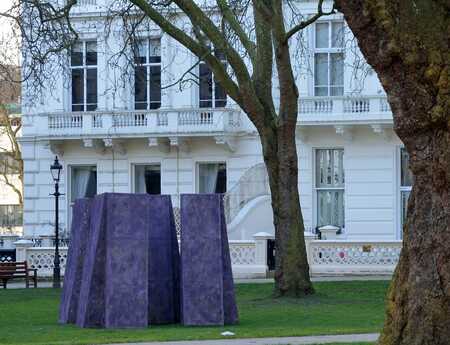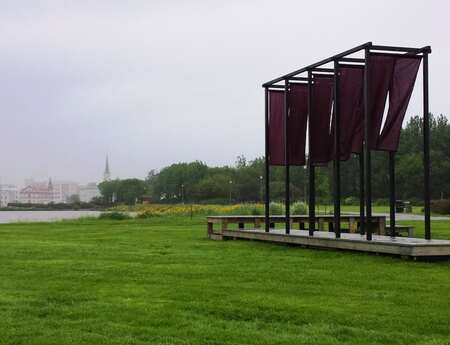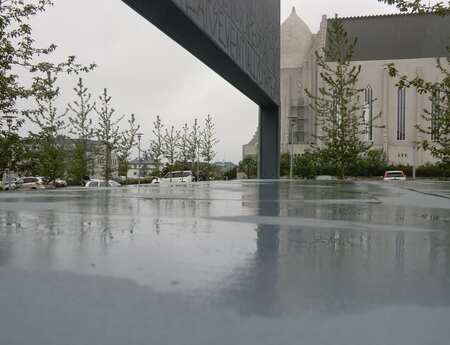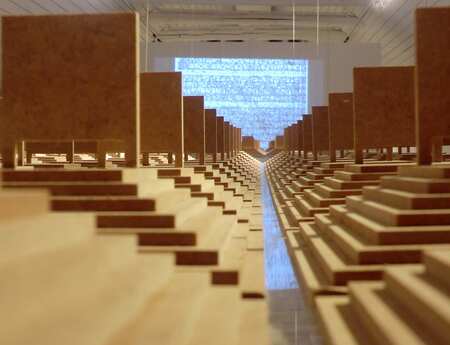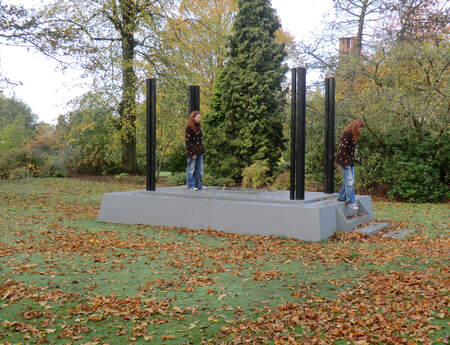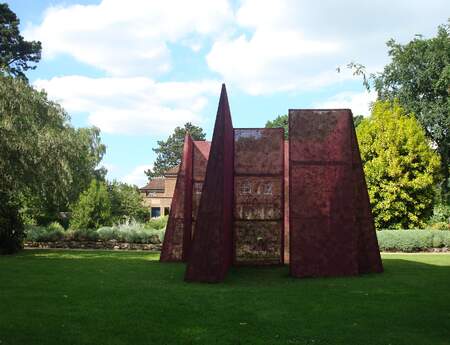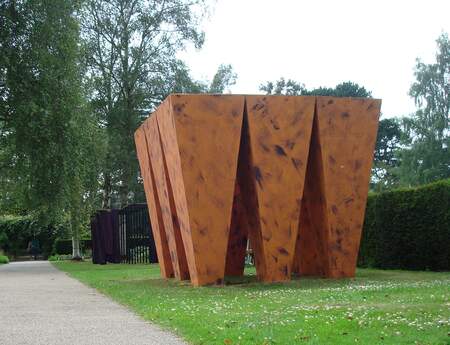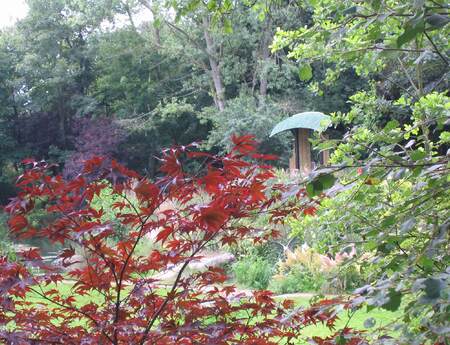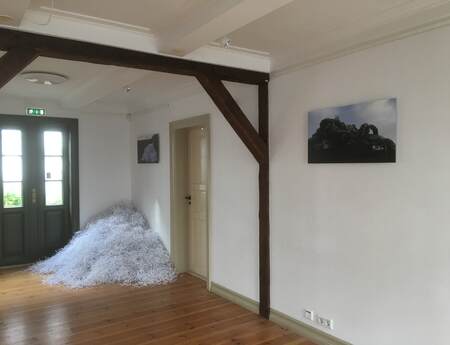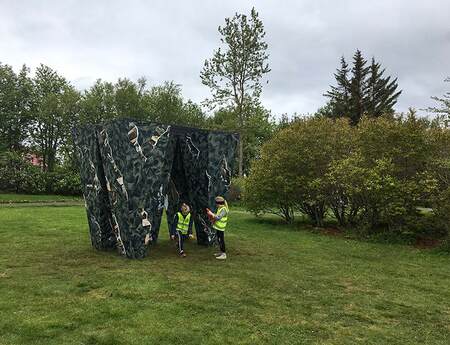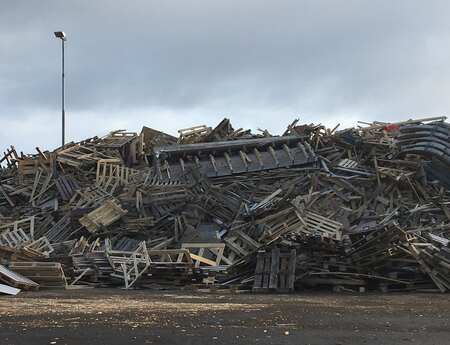
Iceland
Gudrun Nielsen
Gudrun is an Iceland based sculptor educated in Reykjavík (The Icelandic College of Art and Crafts 1985-1989) and London (Chelsea College of Art and Design 1990-1992, University of East London 1994-1995 MA). Most of her artistic career she has been working in the UK, competed and exhibited extensively at an international level. Gudrun has won number of awards for her art and has represented the UK overseas. Her first public sculpture the site specific Wheel of progress was exhibited by the main entrance to the Design Museum London 1992. She is a Sculpture Network member since 2008.
Gudrun aligns herself with a modernist based formalism with minimalist overtones in her large scale work. Her geom. sculptures are mixed media and reflect elements of balance and movement. Drawn to clear and harmonious proportions, as well as cultures, elements of her practice echo Japanese attitudes to mass and shape
